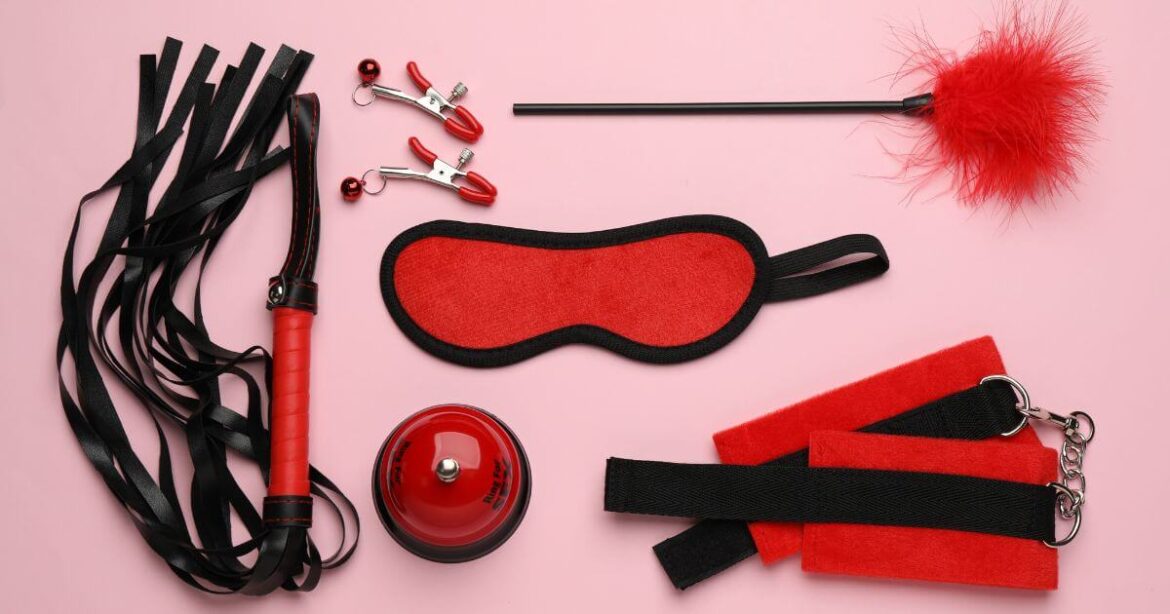Curiosity brought you here, courage will keep you reading. Whether you are brand new to kink or craving deeper skills, BDSM classes offer an informed, community centered launchpad. They are more than a crash course in rope knots or flogger swings. They are a framework for self-discovery, boundary setting, and healthy power exchange. Below you will find everything you need to know before signing up for your first session, from vetting instructors to choosing between online and in-person learning.
What Are BDSM Classes, Really?
At their core, BDSM classes are educational experiences that mix theory, safety, and hands-on practice. An instructor might demo rope harnesses, but they will also guide you through consent language, risk awareness, and aftercare planning. Topics can range from basic negotiation skills to advanced psychological play. The acronym stands for bondage and discipline, dominance and submission, sadism and masochism, yet modern kink stretches far beyond those six words. Whether you hope to top, bottom, switch, or simply communicate with more confidence, BDSM classes give structure and feedback you will not find in casual YouTube browsing.
Why BDSM Education Matters
There is no formal university for kink, but that does not mean you should wing it. High quality BDSM classes help you:
- Negotiate scenes with clarity and respect
- Understand physical and emotional risk factors
- Use gear safely on different bodies
- Recognize red flags and predatory behavior
- Build trust and accountability with partners
In other words, technique is only half the story. Good classes train your mindset so your play stays sustainable, ethical, and fulfilling.
Online vs In-Person BDSM Classes
The internet has opened more doors to BDSM classes than ever before. Each setting has unique advantages, so consider your comfort level and learning style.
Virtual BDSM Classes
- Accessible for rural locations or mobility challenges
- Lower pressure for newcomers who feel shy in groups
- Often recorded for rewatching at your own pace
- Easier to take notes without feeling self conscious
In-Person BDSM Classes
- Live demonstrations with tactile feedback
- Immediate instructor correction on technique
- Chance to meet mentors and local community members
- Social events afterward that help you find play partners
Many students mix both. They watch a virtual lecture on consent, then attend a local rope lab to practice knots under supervision.
How to Find Reputable BDSM Classes
Not every event that labels itself a class meets professional standards. Use these filters to choose wisely:
- Check community credibility. Search educator bios, reviews, and social media presence. Established instructors often list conference appearances or affiliations with reputable dungeons.
- Look for consent-forward language. Quality BDSM classes outline negotiation, safewords, and opt-out options before any demo begins.
- Prioritize inclusivity and trauma awareness. The best teachers adapt content for different bodies, identities, and experience levels.
- Watch for red flags. Downplaying risk, mocking limits, or using shame based jokes are signs to leave.
- Ask peers. FetLife groups, sex-positive shops, and trusted friends can recommend vetted educators.
When in doubt, email the instructor. A professional will welcome your questions about safety protocols, class content, and participant expectations.
What to Expect from Your First Class
Every instructor has a unique style, but most BDSM classes include:
- A glossary of common kink terminology
- Safety overviews, including physical red flags and psychological drop
- Live demonstrations or slide decks
- Guided Q&A where you can ask anything without judgment
- Clear statements about participation. Observation only is the norm unless hands-on practice is advertised.
You will not be forced to perform. Most entry level classes focus on information, leaving practical application for later laboratories or private practice.
Preparing for Your First BDSM Class
- Set an intention. Decide what you hope to learn: rope basics, negotiation scripts, or simply community exposure.
- Pack essentials. Notebook, water bottle, ID if the venue checks age, and cash for educator tips or gear vendors.
- Dress for comfort. You might sit on mats or stand for demos. Wear clothing that allows movement.
- Arrive early. Finding parking and greeting organizers sets a calm tone.
- Respect confidentiality. Many events prohibit photography to protect privacy. Follow house rules.
Frequently Asked Questions
Do I need a partner to attend?
No. Many people attend BDSM classes solo to build skills before playing with others.
Will people judge me as a beginner?
Beginners keep the community growing. Most attendees remember their first class and welcome newcomers.
Are classes expensive?
Prices range from free munch talks to full weekend intensives. Budget about the same as a yoga workshop or cooking class and factor in gear purchases later.
What if I have trauma triggers?
Choose trauma informed educators and communicate your needs in advance. Safe words apply in the classroom as well as the dungeon.
The Long Game: Continuing Education
One class will spark curiosity, but mastery comes through ongoing learning. Mix formats: watch webinars, read books, join skill share groups, and schedule private coaching. Rotate topics too. After a rope intensive, take a class on risk aware power exchange to deepen ethical foundations. Each step keeps your practice informed and adaptable.
Key Takeaways
- BDSM classes blend technical skills with consent, safety, and ethics.
- Online formats offer accessibility while in-person sessions deliver hands-on feedback.
- Vet educators for credibility, inclusivity, and trauma awareness.
- Your first class will likely be informational. No one should push you to perform.
- Lifelong learning keeps kink safe, creative, and satisfying.
Next Steps
- Ready to dive deeper into negotiation? Read Boundary Scripts You Can Actually Say for practical phrasing.
- Curious about sensory safety? Check Sensory Friendly Impact Play to pair technique with nervous system care.
- Want structured guidance? Explore my upcoming BDSM classes calendar and book a spot that matches your goals.



